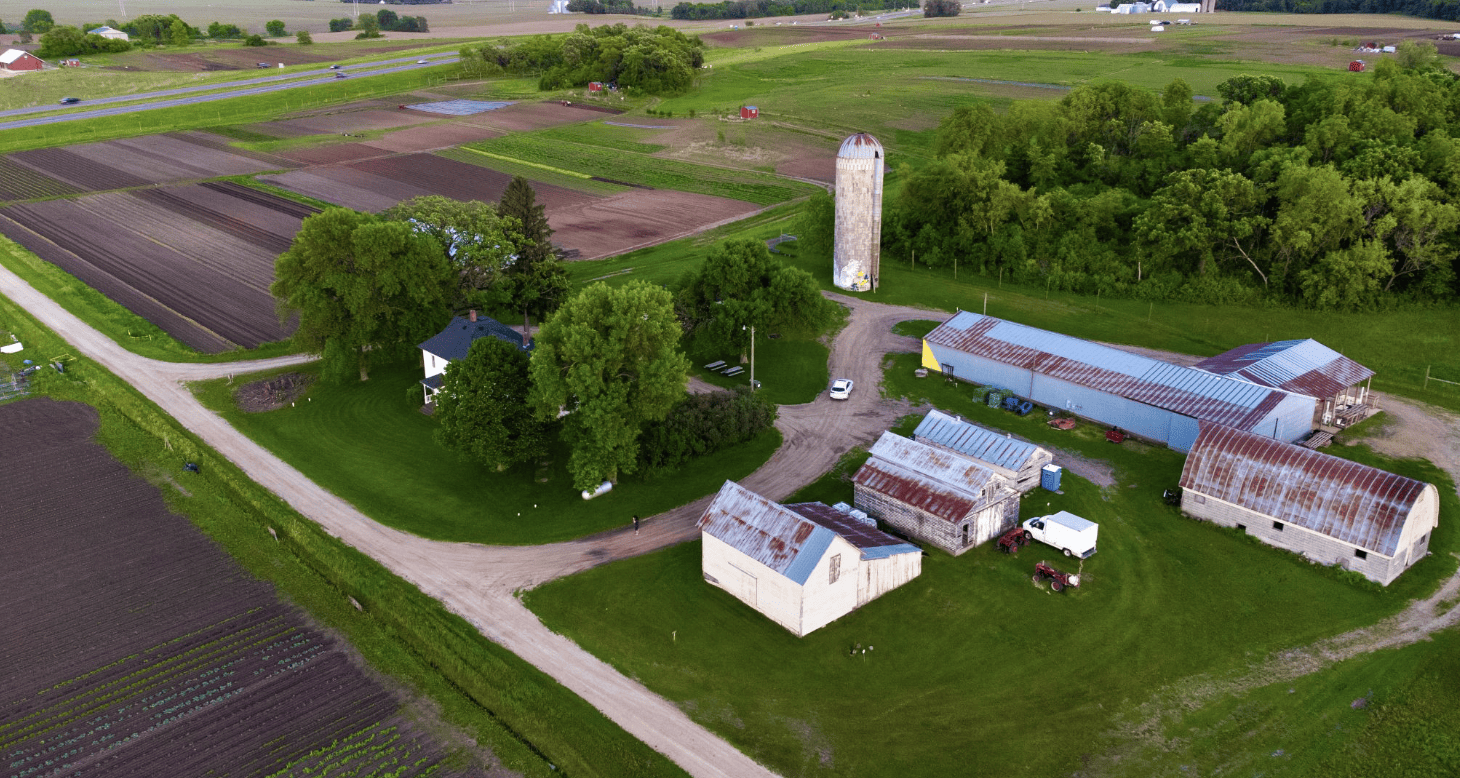Advocates strive to ensure equitable access to Midwest farmland

The Hmong American Farmers Association farm in Vermillion Township.
Courtesy photo
Go Deeper.
Create an account or log in to save stories.
Like this?
Thanks for liking this story! We have added it to a list of your favorite stories.


